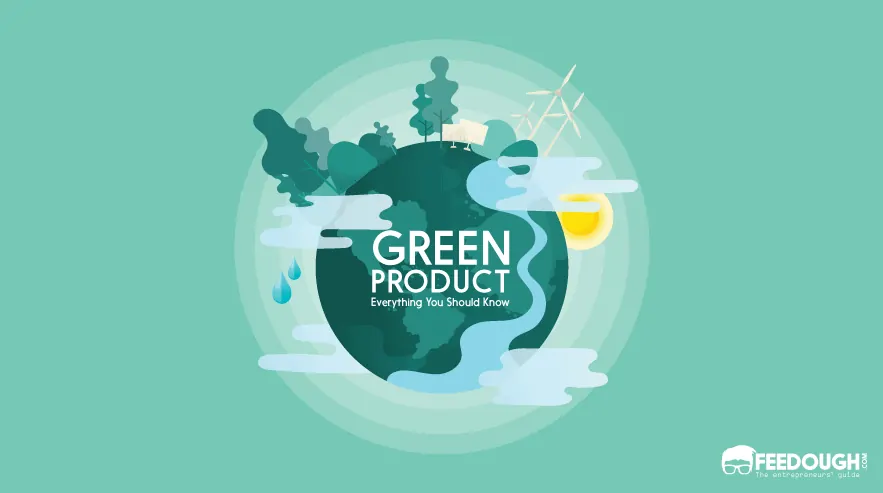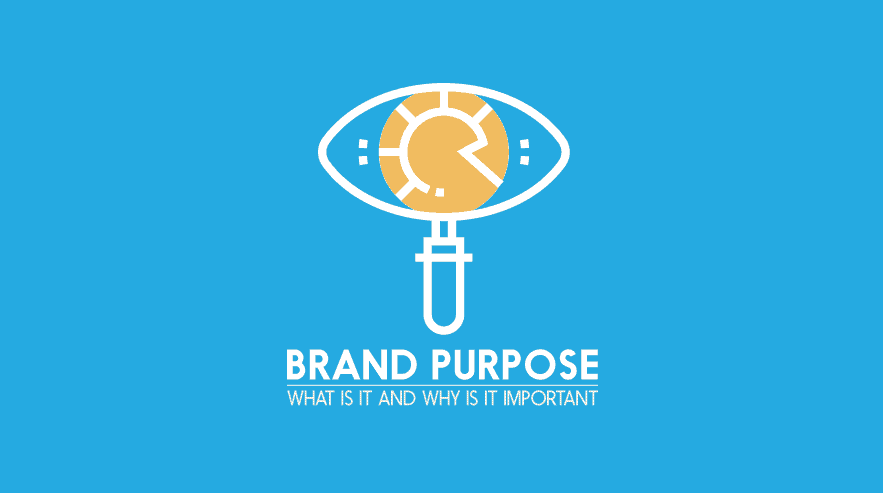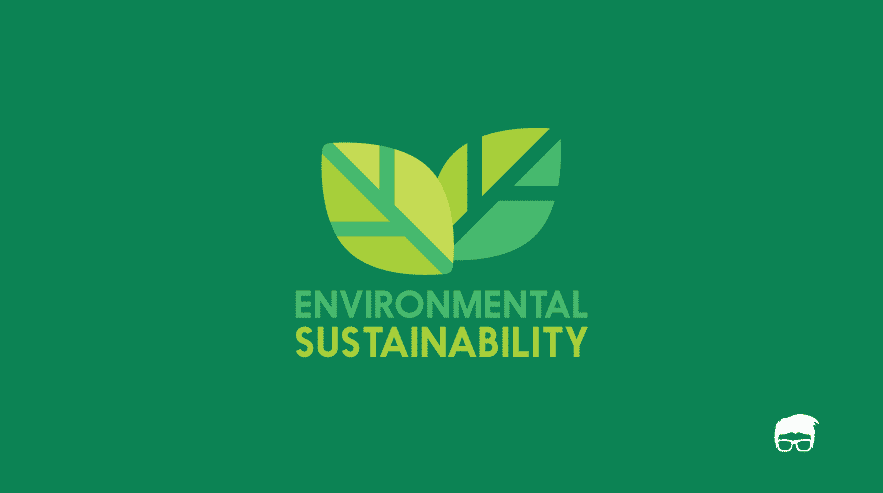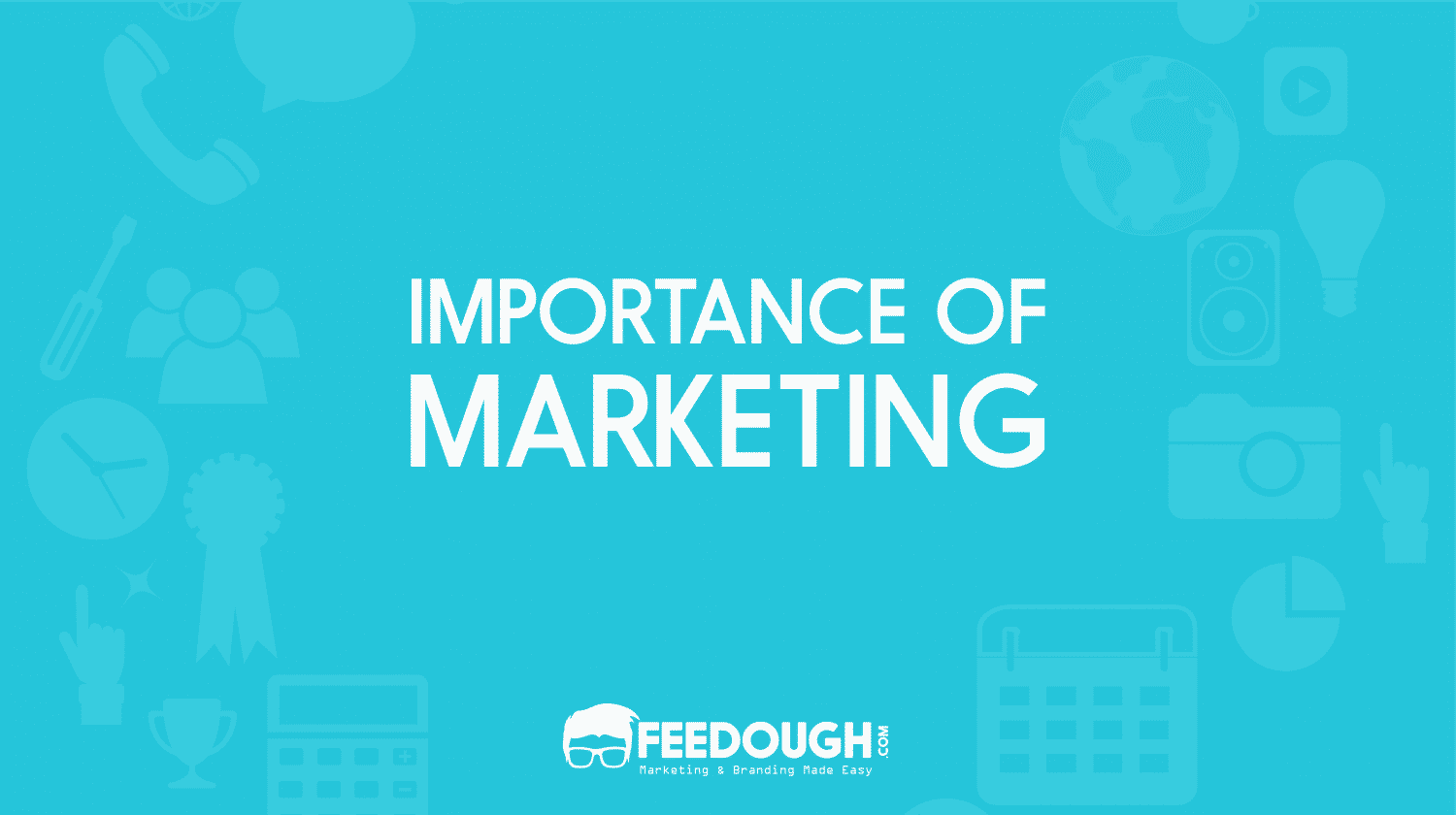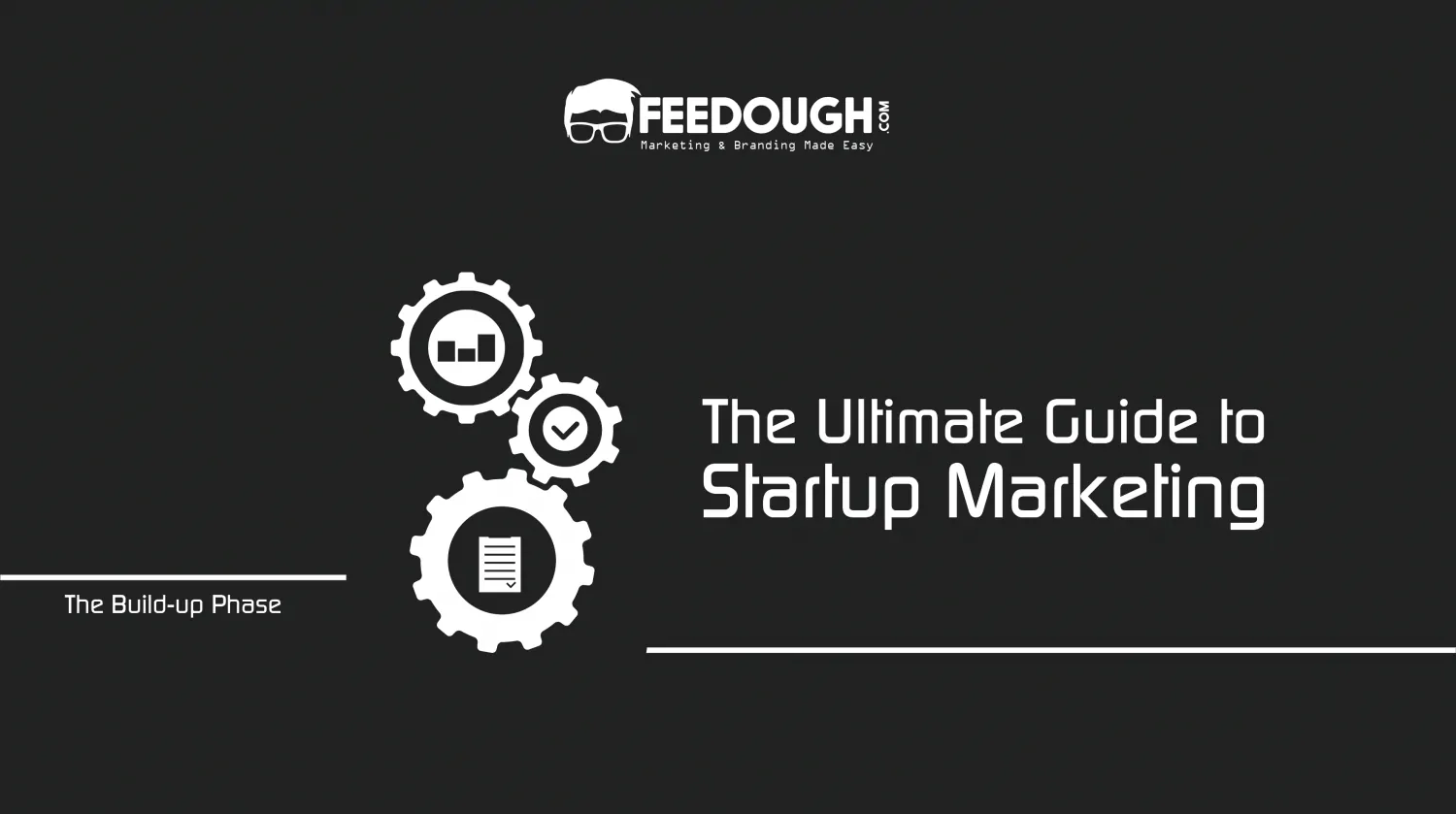In today’s world, more and more customers are becoming not only environmentally conscious but also environmentally responsible. According to a study by Unilever, a third of consumers (33%) are choosing to buy from brands based on their social and environmental impact.
This has resulted in opening up a new domain of marketing as there’s a €966 billion opportunity for brands that make their sustainability credentials clear. This new domain is green marketing.
What Is Green Marketing?
Green marketing (also known as eco-marketing or sustainable marketing) is the practice of marketing the offering based on its environmental benefits.
It is a practice of marketing the products that are environmentally friendly in themselves and have green benefits, or the eco-friendly business practices that are used for its production. These eco-friendly business practices include:
- Sustainable manufacturing
- Reduced or zero carbon footprint
- Reduced or zero water pollution
- Recycled ingredients/materials
- Recyclable product
- Renewable ingredients/materials
- Eco-friendly packaging
- Reduced or zero plastic footprint
Objectives Of Green Marketing
Green marketing touches every aspect of a business, from production and packaging to advertising and public relations. It focuses on directing every marketing strategy towards a single objective – profit through sustainable development.
Contrary to popular beliefs, green marketing not only focuses on protecting the environment by promoting green products but also focuses on how to sell these green products to earn the most profits.
Importance Of Green Marketing
Green marketing is not just beneficial for the environment, it’s beneficial for the company in the long run as well.
- Access to new markets: There’s a completely new market consisting of green consumers who prefer green products over non-green products if they are given a choice.
- Competitive advantage: Going green adds up more customers to your existing customer base, which in turn gives you a competitive advantage over your competitors.
- Brand Loyalty & Increased Brand Equity: Brands that continuously show their commitment towards protecting the environment and going green tend to earn greater loyalty from customers.
- Positive Public Image: Going green makes the customers feel that the company has a responsible outlook and is aware of the current scenario. All this results in a good image of the brand in the eyes of existing and prospective customers.
Green Marketing Examples
Whole Foods
Whole foods is an American supermarket, owned by Amazon, that specializes in selling organic products. The company was developed keeping in mind the needs, wants, and demographics of the green consumers. The company bills itself as a brand which hates artificial flavours, colours, preservatives and sweeteners and doesn’t use any of them in the food they sell. Besides this, the company also boasts its green mission where it follows small yet big steps like using recycled papers, composting, carpooling, no plastic bags, etc. to save the environment.
The Body Shop
The Body Shop has positioned itself as a brand which is dedicated to saving the environment. It never tests its products on animals and is also a Leaping Bunny approved brand. Moreover, the brand sources its tea tree oil from Kenya Organic Oil Farmers’ Association (KOOFA) which is a corporative composed of 380 small scaled farmers.
Green Marketing Strategies
Companies which are genuinely committed to saving the environment and giving back to the community usually earn a lot of respect and loyalty from the customers. If you want to run one such company, you can follow any of these or all of these 5 green marketing strategies.
Green Design
Green design is the most effective green marketing strategy where the product or service is designed green, to begin with. One such example of a green product is a solar water heater which can potentially decrease energy consumption by 70% just because of its design.
Green Positioning
Green positioning is a brand positioning strategy where the company boasts its sustainability values and tries to position itself as a company that cares. Such a company focuses on getting the certifications and partnering with green organisations to open its doors to the market of green consumers. The perfect example of green positioning is Body Shop which never uses its products on animals and also sources its resources responsibly. The company also uses advertisements which don’t use images that are demeaning to women and also raises funds to promote global awareness of issues like HIV and domestic violence.
Green Pricing
Green pricing is another green marketing strategy used by the brands to make their offering more appealing. The main focus of this strategy is to highlight how the green offering can help the customers save money or other resources. One example of green pricing could be a company which sells CNG cars by highlighting how economical it would be to own a CNG car when compared to petrol cars.
Green Logistics
Green logistics includes measures taken by the company to minimize the ecological impact of all logistics activities between the point of origin and the point of consumption. This is an effective green marketing strategy if you run an eCommerce store or a green products store which delivers its products to the customers. Amazon uses such green logistics strategy called Frustration-Free packaging. The Frustration-Free packaging is an easy-to-open recyclable packaging which uses less packaging materials with zero wire ties, plastic bindings, or plastic clamshell casings.
Green Disposal
For businesses which generate a lot of waste material, green disposal could be the perfect green marketing strategy where they can boast about the sustainable disposal practices they use to reduce the impact on both the environment and human life.
Green Marketing vs. Greenwashing
Just merely adding the prefix green to the company’s or the offering’s brand name doesn’t mean that your offering is green. Greenwashing, also known as green sheen, is one such practice of promoting the deceptive perception that the product is green even when it is not.
For example, asking the customers to buy a product on a pretext that it’ll save the environment, even when it won’t, is greenwashing. Using confusing language or imagery in the communication messages which gives a hint to environmental friendliness could be greenwashing too.
We’ll not advise you to use greenwashing or promote your product as environmentally friendly when it’s not, because it will not only hamper your consumers’ trust but could also lead you to pay fines in the consumer court.
Go On, Tell Us What You Think!
Did we miss something? Come on! Tell us what you think of this article on green marketing in the comments section.
A startup consultant, digital marketer, traveller, and philomath. Aashish has worked with over 20 startups and successfully helped them ideate, raise money, and succeed. When not working, he can be found hiking, camping, and stargazing.


